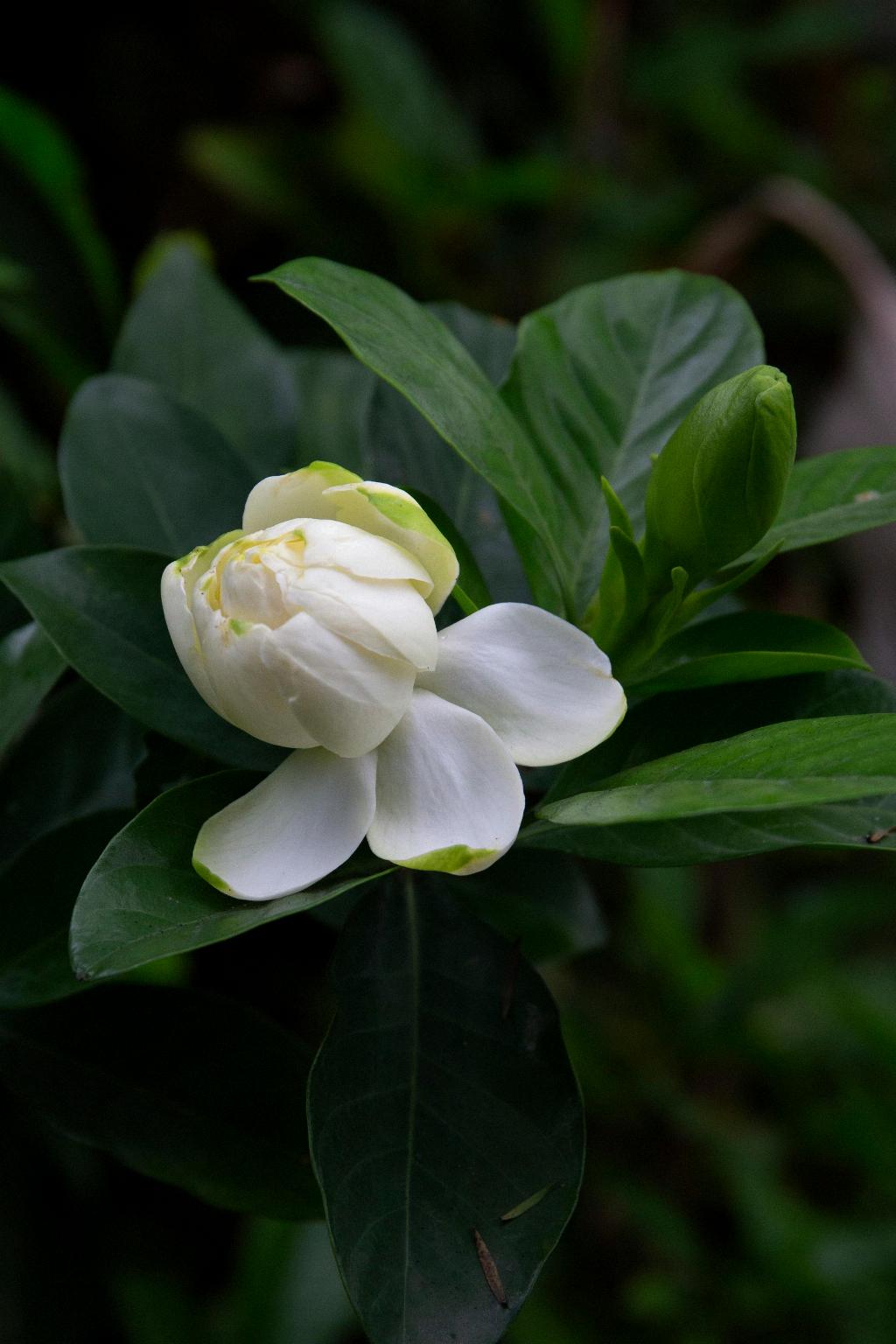Gardenias are renowned for their exquisite fragrance and beautiful white flowers, making them a popular choice for gardens and indoor spaces. However, gardeners often encounter the frustrating issue of their gardenias failing to bloom, leaving them wondering what could be the cause. In this article, we will delve into the common factors affecting gardenia blooming and how to address them effectively to encourage those gorgeous blooms.
Understanding Gardenias
Gardenias are beloved for their glossy green leaves and fragrant blooms, which typically grace our spaces in late spring to early summer. These delicate flowers thrive in warm climates and require specific conditions to bloom successfully. Without these optimal conditions, gardenias may struggle to produce flowers as desired.
Factors Affecting Blooming
Several factors can contribute to the lack of blooming in gardenias. One common reason is the lack of sunlight, as gardenias need ample light to trigger bloom and bud development. Incorrect watering practices, such as under or overwatering, can also lead to blooming issues. Additionally, soil pH imbalance and nutrient deficiencies can hinder the blooming process, resulting in disappointing outcomes.
How to Encourage Blooming
To encourage your gardenia to bloom, you must provide it with the right conditions. This includes ensuring that the plant receives adequate sunlight, usually around six to eight hours per day. Proper watering techniques, deep watering at least once a week, can prevent issues like bud drop during hot, dry periods.
Adjusting soil pH to slightly acidic conditions, around 5.0 to 6.0, can promote healthy bloom development. Fertilizing gardenias with a balanced fertilizer rich in micronutrients, such as iron and magnesium, can enhance flowering. By addressing these aspects, you can create an environment that nurtures your gardenia and encourages it to bloom profusely.
Common Mistakes to Avoid
When caring for gardenias, it’s essential to avoid common mistakes that can impede blooming. Avoid overwatering, as it can lead to root rot and hinder the plant’s ability to absorb nutrients. Using the wrong type of fertilizer, especially those high in nitrogen, can promote leaf growth at the expense of flowers.
Ignoring soil pH levels and failing to adjust them to the plant’s preferences can hinder nutrient uptake and impact blooming. Additionally, inadequate pruning practices can disrupt the plant’s growth cycle and reduce flower production. By steering clear of these mistakes, you can set the stage for a thriving gardenia plant with abundant blooms.

Conclusion
In conclusion, understanding the factors that affect gardenia blooming and taking proactive steps to address them is crucial for encouraging your gardenia to bloom vibrantly. By providing adequate sunlight, proper watering, optimizing soil pH, and avoiding common mistakes, you can create an environment where your gardenia flourishes and graces you with its stunning blooms. With the right care and attention, your gardenia can bloom abundantly, filling your space with its enchanting fragrance and beauty.
